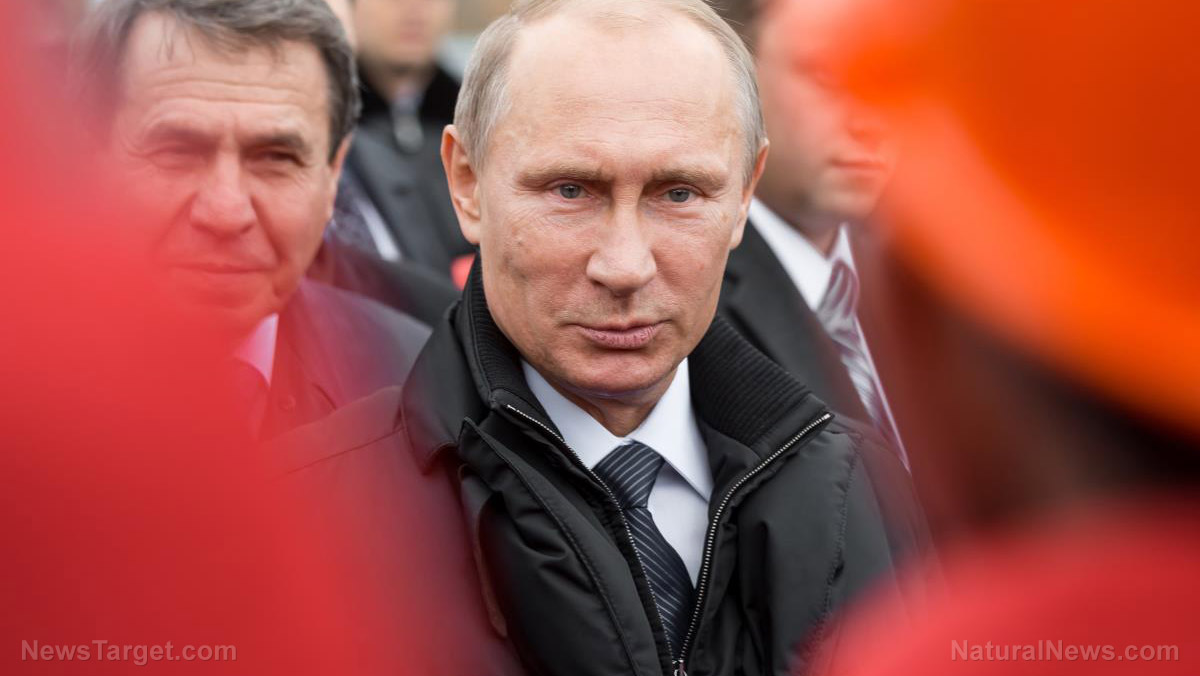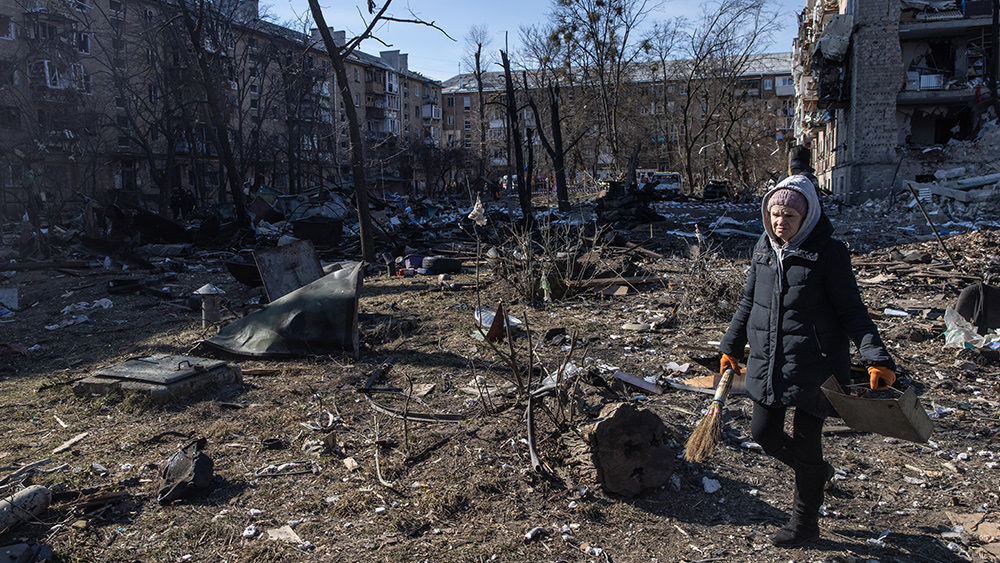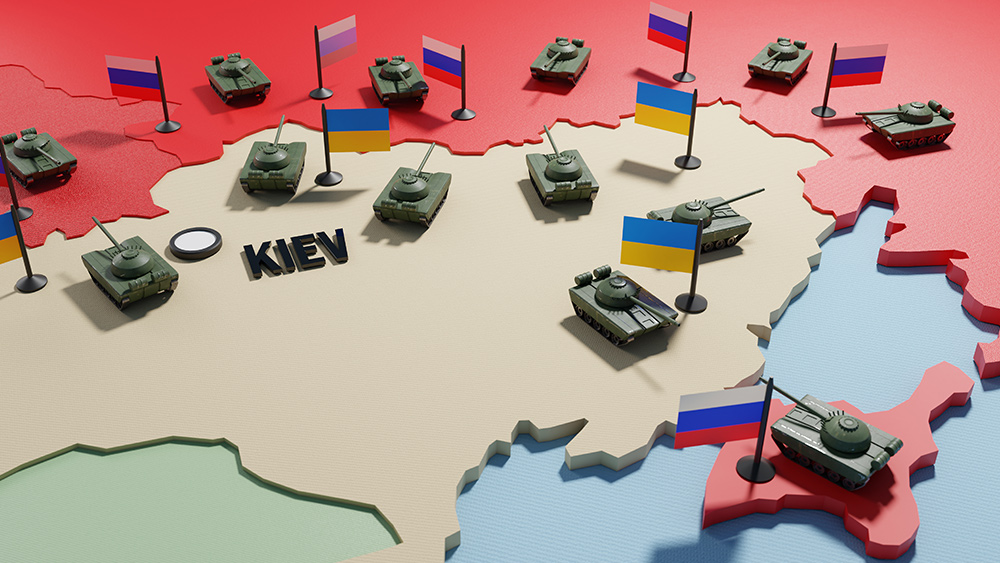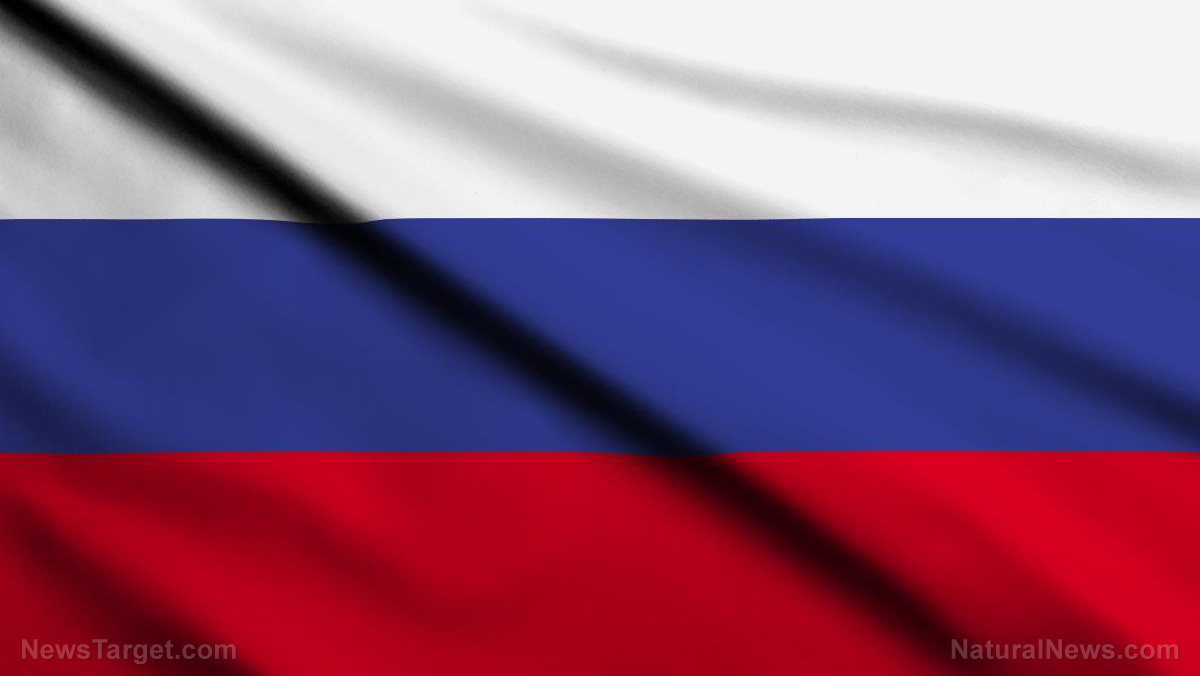Wheat prices hit a 14-year high as fears of food shortages grow
03/11/2022 / By Cassie B.
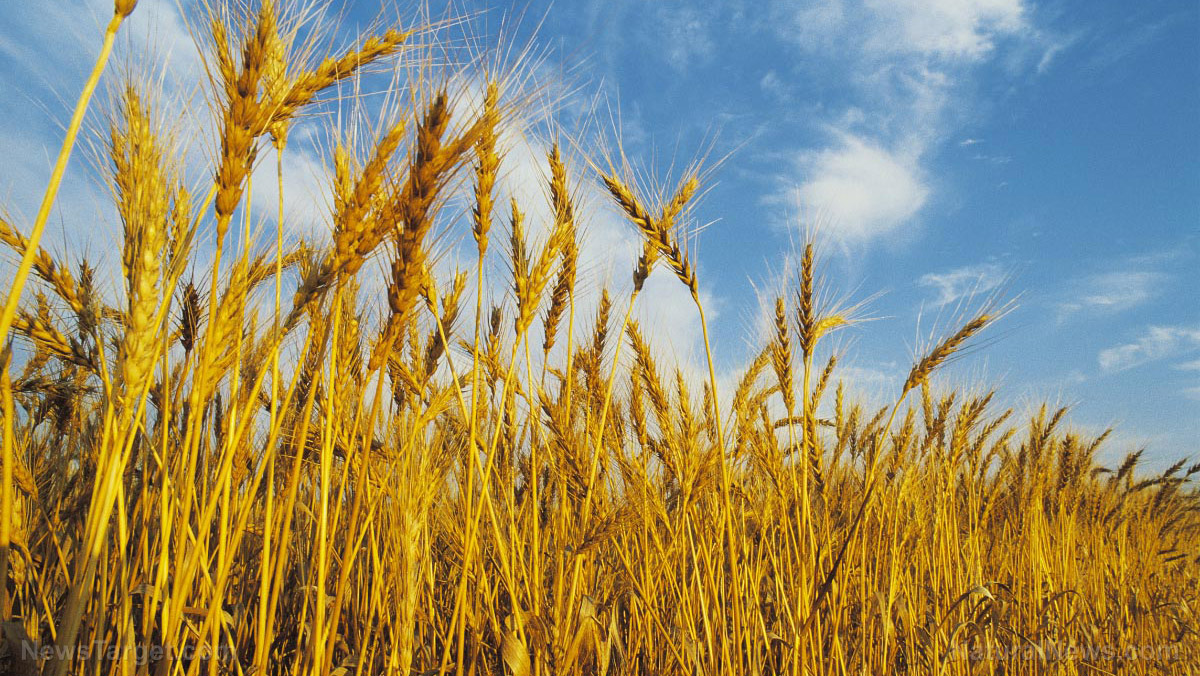
Russia’s attack on Ukraine is causing a rise in wheat prices, and it’s something that is being felt very deeply as food prices are already experiencing unprecedented highs due to inflation, the pandemic and supply chain issues.
On Tuesday, wheat futures reached record highs after hitting a 14-year high on Friday, while Chicago futures for grains closed 41 percent higher than the previous week in the biggest gain seen in more than 60 years.
Ukraine and Russia combined are responsible for around 14 percent of the world’s wheat production and supply around 29 percent of all wheat exports. Before the invasion, Ukraine was set for a record year for wheat exports; Russia’s wheat exports, in contrast, had been slowing.
The president and CEO of the American Bakers Association, Robb MacKie, said that the situation could have not come at a worse time, adding: “Depending on how this comes out and how long it goes, wheat farmers [in Ukraine] may not be able to plant spring wheat, corn and other things. So, they might go a year without any crops.”
Ukraine suspended exports of wheat and other foods as it prioritizes feeding its citizens. The drop in wheat exports from Ukraine impacts the global availability of wheat, placing an upward pressure on its global price that will be felt everywhere.
Moreover, the sanctions that have been placed on Russia, which have left it unable to export wheat, will also limit the commodity’s global availability and continue to put upward pressure on its price. Russia is also limiting exports to certain other countries, which is expected to lead to a rise in the prices of commodities such as corn and sunflower oil.
Some experts believe that this effect could last for a very long time. Although it’s difficult to predict precisely how long these disruptions will last, if the conflict continues even slightly longer, it could have an effect on agricultural crop production in the next marketing year. All of the wheat that was planted this winter and is still in the ground right now may not be harvested in Ukraine because of the conflict. This would severely limit the wheat supply next year and continue to affect global wheat prices for another year.
Americans should get ready to pay even more money for groceries
According to University of Georgia professor of agricultural and applied economics Berna Karali, although a wheat shortage is not expected in the U.S., Americans can expect to pay more for bread and other commodities at restaurants and grocery stores thanks to volatile food prices caused by global uncertainty, along with higher oil prices resulting in greater production costs.
The prices of cereal and baked goods, which were already up 6.8 percent over the last year due to inflation, are expected to continue to rise. The price of pasta will also be affected by rising wheat prices.
Although American farmers might have some incentive to raise their wheat production to take advantage of the higher grain prices, the higher fuel and fertilizer costs will weigh heavily on these decisions. Russia is one of the biggest exporters of all three major groups of fertilizers, and it is believed that they may suspend exports. Fertilizer prices are already up to 98 percent higher than they were a year ago.
Higher fertilizer prices affect all crops, not just wheat, which means that Americans’ spending on groceries is only going to keep climbing higher for the foreseeable future.
Sources for this article include:
Submit a correction >>
Tagged Under:
chaos, Collapse, commodities, food collapse, food shortages, food supply, grocery, inflation, panic, price increase, products, Russia, supply chain, Ukraine, wheat, wheat prices, World War III
This article may contain statements that reflect the opinion of the author
RECENT NEWS & ARTICLES
COPYRIGHT © 2017 WWIII NEWS









